The jalapeño pepper is one of the world’s most well known spicy chili peppers. They are produced in huge numbers in Mexico and the United States and are used in a wide variety of cuisines across the globe.
They are also one of my personal favorite peppers to grow at home, thanks to them being easy to maintain, and very prolific producing plants.
Basic Info About Jalapeños:
Scoville Heat Units (SHU): 2,500 – 8,000
Diameter: 0.8 – 1.5 inches
Length: 2 – 5 inches
Color: Green (turning red when ripe)
Buy Seeds: Amazon or Rareseeds
Buy Live Plants: Burpee
Grow: Learn to grow jalapeños in pots
If you’re curious about the jalapeño pepper, or just want to know how to use it in your cooking, you’re in the right place. In this article, I will share everything about jalapeños, from their flavor and heat level, to how to grow them at home, to how to safely store them.
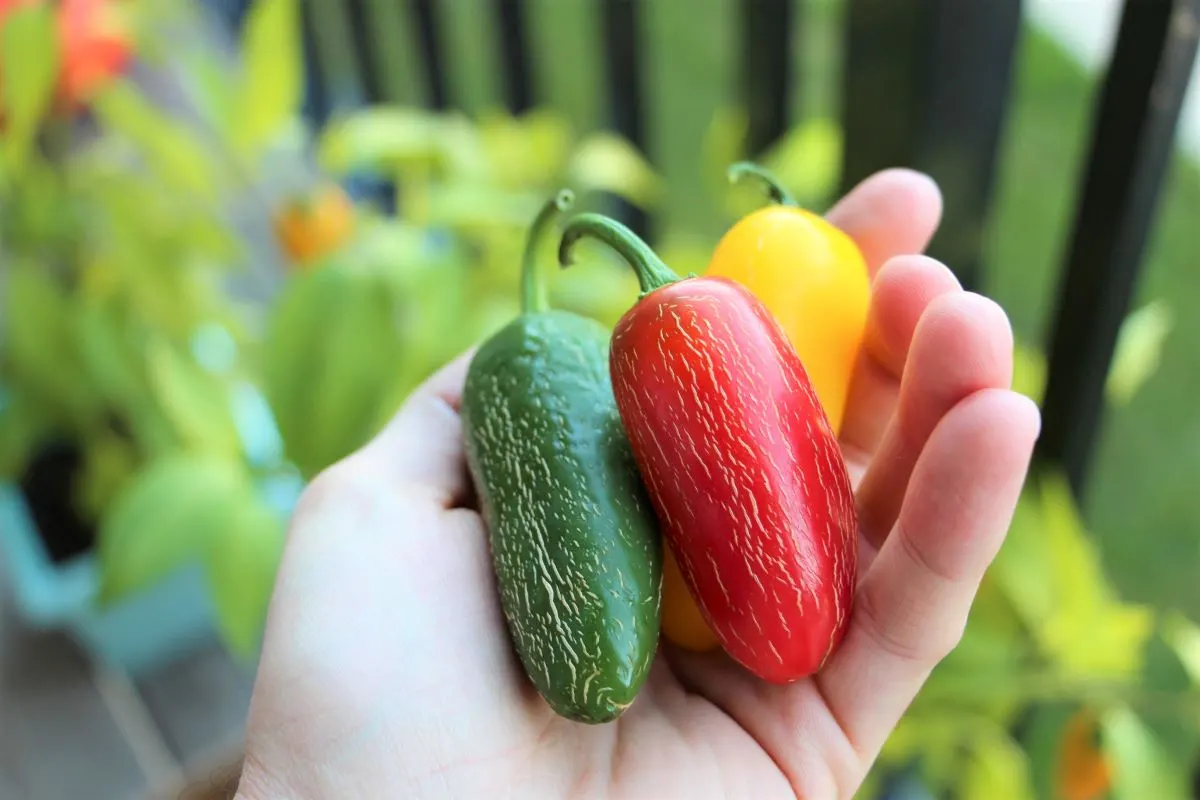
Skip ahead:
- Origin & history
- Characteristics
- Jalapeno Peppers Scoville Rating
- Other Varieties of Jalapeno
- Growing Jalapenos
- How To Use & Store Jalapenos
Where are Jalapeños From?
Usage of the precursor to the jalapeño dates back thousands of years in South America. They were most notably cultivated and smoked for long-term storage, and thus the Chipotle pepper was born.
With its origins in Mexico, the jalapeño pepper’s name literally means “from Jalapa” (or Xalapa), which is a large city in Mexico. This is where the pepper was originally cultivated.
Mexico is still the most prolific country for producing jalapeño peppers, with an estimated 70,000 acres (approx. 109 square miles) dedicated to growing them. They are also produced in large numbers in the United States, primarily in Texas and New Mexico, which both border with Mexico.
The climate is ideal, as this region is where the pepper was originally bred and cultivated to become what it is today. Jalapeños are notably more tolerant of an arid climate, while many other varieties prefer more humidity.
Over 22 million pounds of jalapeños originated from Mexico in 2016 alone.
(Source)
In order to taste the most original type of jalapeño pepper, you should look for seeds deemed “heirloom.” These are varieties of the jalapeño that have not been crossbred or hybridized. They will give the most authentic and original flavor of the generations-old pepper.
Characteristics of the Jalapeño Pepper
The jalapeño pepper is known as the “fat chili” pepper (or chile gordo), due to its rotund shape. When compared to other spicy chili peppers, like the serrano pepper, it is much thicker. This means that the pepper has a great crunch and thickness for chunky salsa and spicy guacamole.
Appearance Of Jalapeños
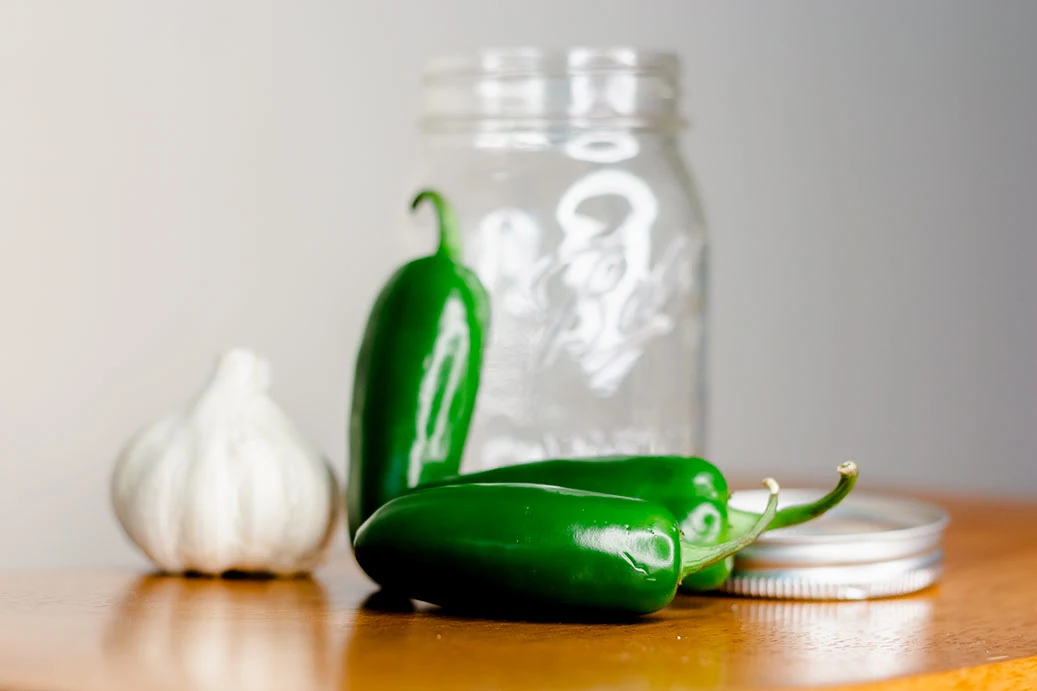
Unlike many of the super-hot peppers, like the Carolina reaper or the ghost pepper, the jalapeño is a very consistent looking pepper. Plants tend to produce very similar peppers in appearance, across the board.
Depending on soil nutrition and growing season length, peppers can be longer, wider and sometimes spicier. In ideal conditions, the peppers will reach around 3-4 inches in length, and about 1 inch in diameter.
Have you ever grown a weird-looking jalapeno? Let us know, we’d love to see it!
Jalapeño Peppers Scoville Scale Rating
A jalapeño pepper is a traditional spicy pepper that is commercially available. It is a common ingredient in salsa, taco fillings, guacamole, and lots of other spicy dishes. However, on the Scoville heat unit scale, the jalapeño is relatively tame.
At just 2500-8000 Scoville heat units (SHUs), the jalapeño pepper is about 1/600th the heat of the world’s hottest peppers.
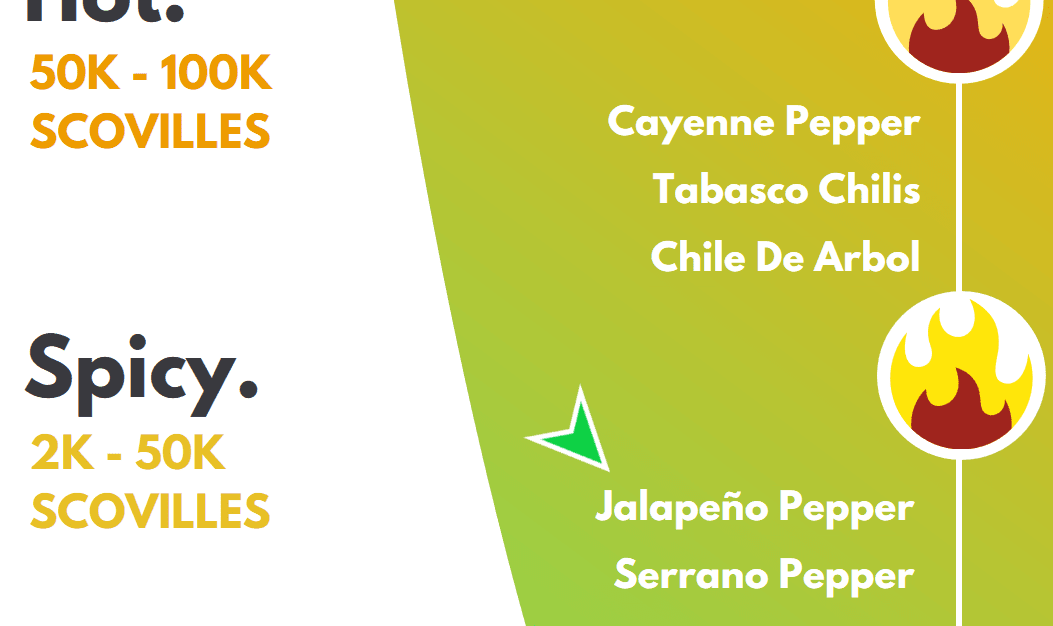
To put it simply, jalapeño peppers rank between 2,500 and 8,000 SHUs on the Scoville scale. We think that the jalapeño has the perfect amount of heat for most cooking applications, but can be too spicy for many people when eaten raw.
Learn more about the heat of jalapeños here.
Depending on growing conditions, jalapeño pepper heat can range from almost unnoticeable to very spicy. It is well below the heat of a habanero but is above a poblano or ancho.
Tip: Try testing your jalapeño peppers hotness by slicing off the very tip of the pepper and quickly dabbing it on your tongue. This is the least spicy part of the pepper and will have just a bit of heat if the pepper is a spicy one. If you are brave, slice off the stem side and give it a taste. This is where the membrane and seeds are, along with much more heat.
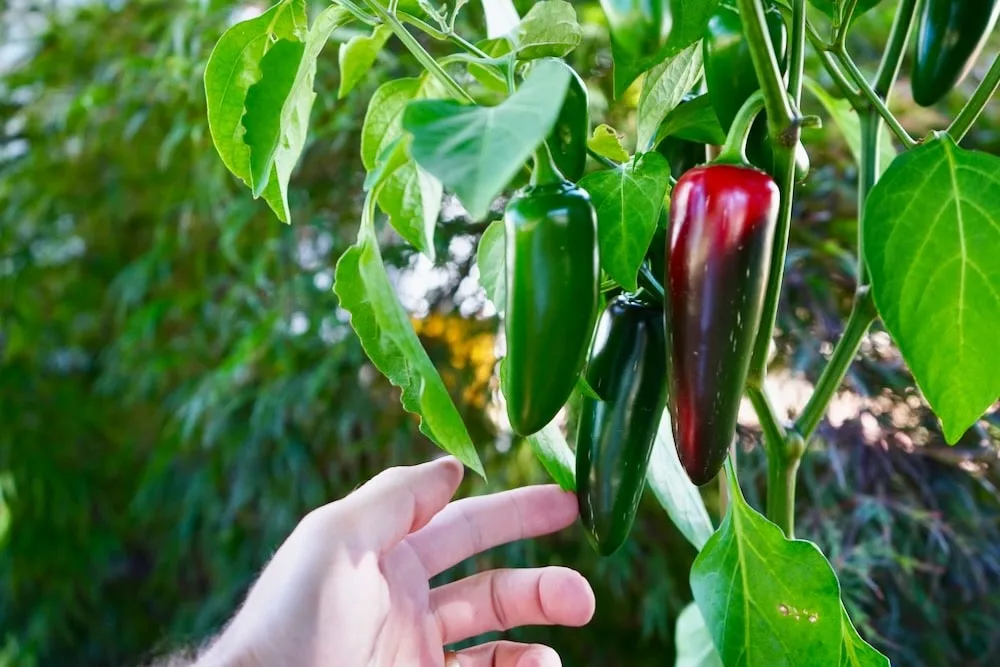
Other Types of Jalapeño Pepper
Over the years, plant breeders have crossed many other pepper varieties with the jalapeño to create many spectacular types of jalapeños. This process has produced some of the hottest, and most bizarre pepper varieties that exist.
Here are a few hybrid varieties of jalapeño peppers that exhibit different characteristics than the original.
Lemon Spice Jalapeño
This yellow variety of jalapeño was produced by New Mexico State University and has a vibrant color. They are still a very productive plant and have the same heat level as a traditional jalapeno. Add some beautiful color to your home garden with this hybrid variety.
The Nadapeno Pepper
This variety of jalapeno has the same great taste of a true jalapeño but has none of the heat. It is a sweet, green pepper for those who can’t take the heat!
Orange Spice Jalapeño
Another vibrantly colored hybrid, the orange spice jalapeno will stand out in your garden. With great heat and high productivity, this is a great pepper to spice things up. These would also produce a beautiful color for homemade hot sauce!
Farmer’s Jalapeño
One of the more distinct and bizarre varieties, the Farmer’s jalapeño pepper has lots of “corking” or striation marks. Some refer to this pepper as the potato pepper, due to its appearance. However, the white marks do not change the delicious flavor. Also, these peppers grow to be very large for a jalapeno. That makes them great for stuffing or roasting!
Growing Jalapeño Peppers
It is satisfying to grow and eat your own produce at home. Growing jalapeños is extremely satisfying because you often end up harvesting 20 or 30 peppers off of each plant! Here is the basic overview of how to grow your own jalapeno peppers at home.
Read our in-depth guide to growing jalapeños in pots here.
Where to buy Jalapeño Seeds Online
There are a number of great resources for Jalapeno seeds, but if you are looking for a traditional pepper, simply use Amazon. Seeds are very affordable, and one packet should keep for 2 years or more when stored in a cool, dark place.
If you want to grow more unique jalapeño peppers, try either rareseeds.com or Semillas.de. Both have a great variety of seeds and offer affordable pricing. You can also order in bulk if you want to grow lots of peppers!
When to Plant Jalapeño Seeds Indoors
Depending on your climate, you may need to start your plants indoors. In climate zones 4-7+, you should start your jalapeno seeds indoors between February 15th – March 15th. You may start earlier, or later depending on your growing season, but early March tends to be the sweet spot. Plants are then hardened off and moved outdoors around May 1st, or whenever the risk of frost is gone.
Use this handy planting calendar and input your postal code for basic instructions on when to plant your pepper seeds indoors.
Read our in-depth guide to starting pepper seeds indoors here!
How Long Until Jalapeño Plants Produce Peppers
First off, jalapeno plants need as much sun during the day as possible. If you do not have a location with full sun, try to relocate your plants for ideal conditions. With full sun, you can expect your peppers to produce within a typical period of time. With less sunlight, the peppers can take longer to mature.
Most jalapeno varieties are harvested mid to late season. This means that generally speaking, jalapenos are ready to pick about 70-80 days after transplanting outdoors. For most people in hardiness zones 4-7, this means that harvesting starts in late July.
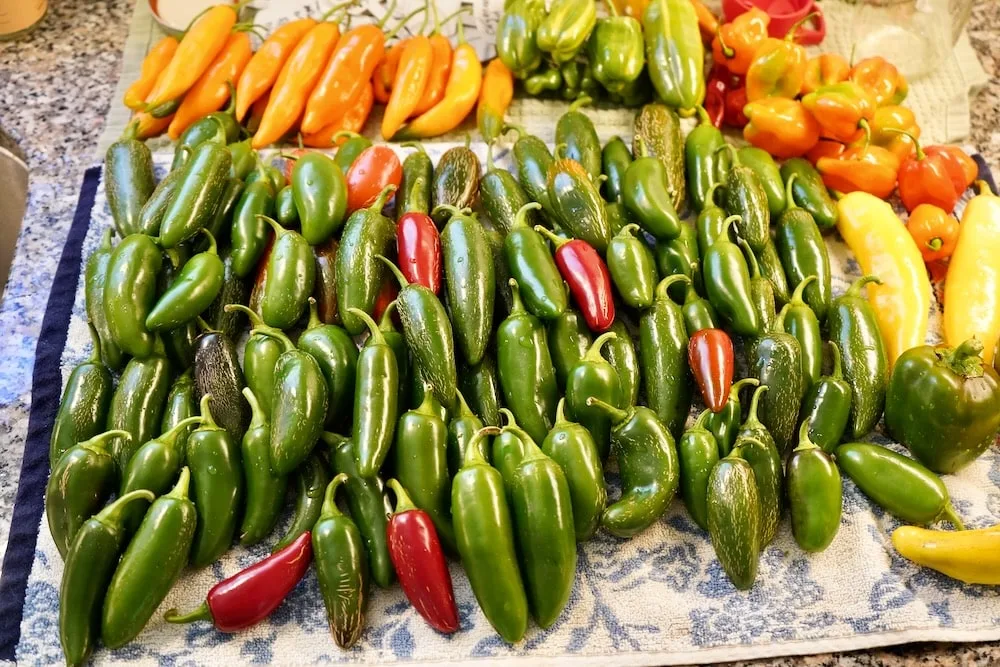
However, if you got a late start on your pepper plants, or your plants don’t get full sunlight, you may need to wait until August or later for peppers to ripen.
What Are The White Lines on Jalapeño Peppers?
Jalapeño peppers will often develop small white lines along the pepper’s skin during ripening. They appear as cracks, but are actually scars from the peppers growing quicker than the skin. When the skin breaks, the pepper heals and forms these lines.
This is completely normal and is known as “corking” to seasoned growers. It is actually a desirable characteristic (to some) and often indicates a pepper is nearing maturity.
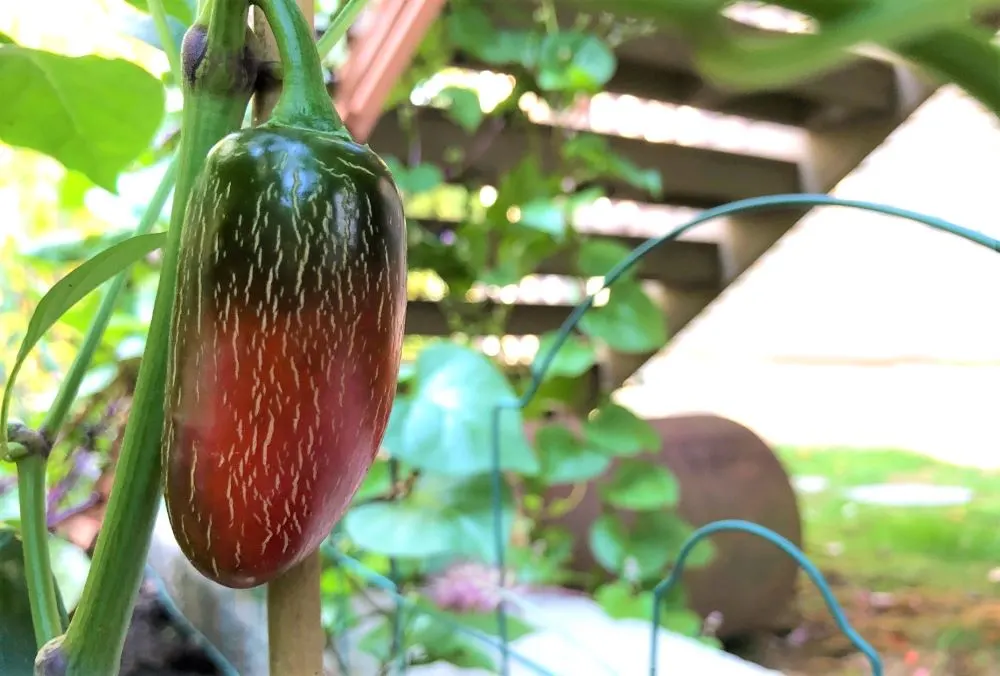
One myth regarding these striation marks is that they mean the pepper is spicier. This is not true, although a more mature pepper is usually hotter than an under-ripened pod.
How can you tell when jalapeños are ripe?
It is easy to know when your jalapenos are ready for picking. Look for these telltale signs of a ripe jalapeño:
- Peppers turning red
- White marks appearing on peppers
- Growth has slowed or stopped
- Recommended harvest period has arrived
Don’t be afraid to pick your peppers. They can be harvested at any time during the growth period. One consequence of picking a pepper too early is that it may not have had time to properly develop seeds.
You may also experience lower heat levels. However, you should pick the peppers as soon as you feel they are ready so that the plant can focus energy on producing more fruits!
What To Do With Jalapeños
Do you have a bunch of jalapeños in the fridge? Need some ideas on how to use them? There are tons of ways to cook, preserve and store your jalapeño peppers after you have harvested. Here are a few ideas.
Make Salsa
A key component of salsa? You guessed it, jalapeños. The other ingredients are tomatoes, onions, garlic, cilantro, salt, and maybe a little bit of lime juice. Experiment with proportions and use your peppers to add the desired amount of heat. Whip it all together and dig in! See our jalapeño salsa recipe here.
Make Pickles
Why do cucumbers get all the love when it comes to pickles? Making pickled jalapeños at home is easy. All you need is some vinegar, water, salt, spices, and your peppers.
Learn all about pickling peppers here.
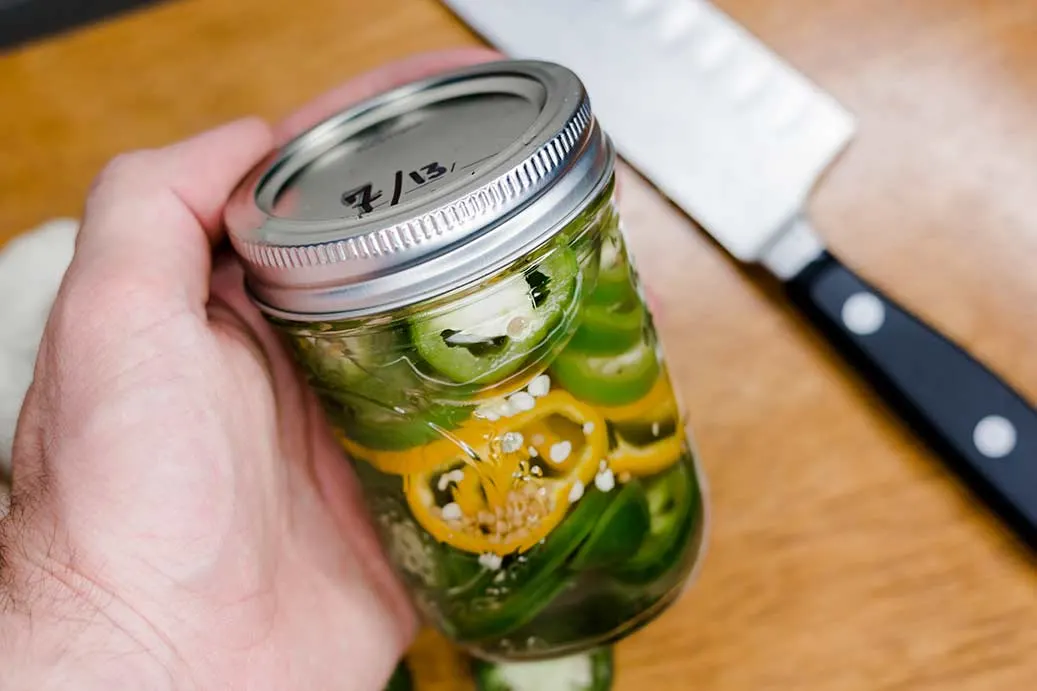
Freeze Them
Freezing your jalapenos fresh is a great way to preserve flavor, heat, and color for later use. Large harvests of jalapenos can be overwhelming, and freezing is a super quick and easy way to keep them fresh longer.
Read our guide to freezing jalapeños here.
Make Hot Sauce
Making your own hot sauce can be a fun experiment at home. If you have a blender or a food processor, you can make hot sauce in about 1 hour! Be sure you be careful and follow our guide to avoid any of the common mistakes and issues.
Learn how to make a simple hot sauce here.
Dry Them For flakes
One last option is to dry your peppers to store them for many months. This method also allows you to grind the peppers and produce a hot pepper flake or powder. This is one of the simplest methods to use your jalapeno peppers and can make for a great addition to many meals.
Read our guide on dehydrating peppers here.
I hope this article gave you some great ideas about jalapeño peppers, and how to get the most out of them. They are one of the most versatile hot peppers available, so it’s no wonder you can pick them up at almost any grocery store. Thanks for reading!

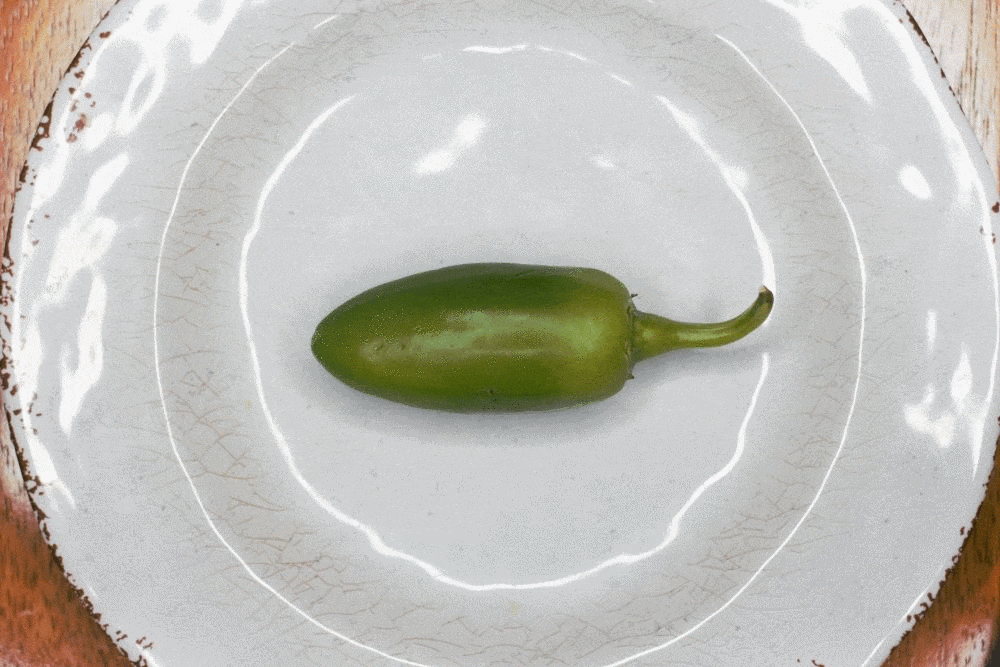
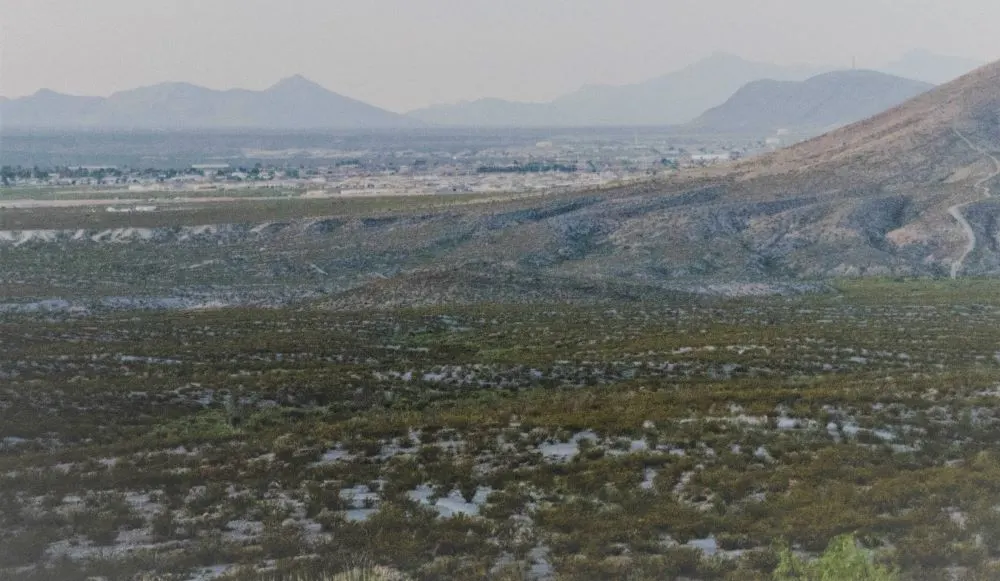

Gajanan Gholve
Sunday 15th of August 2021
What is ideal seed rate (gm or oz) per hectare for Jalapeño pepper.
Dawn
Tuesday 11th of August 2020
Hello! I am a happy new jalapeño grower...in Alberta Canada... We are experiencing an early fall already & I am very concerned for my plants...I have read that 60F which is 15C is their bottom for cold tolerance... Do you agree?? My new COVID hobby we are hooked on our love of jalapeños 🥰 Thankyou!
peppergeek
Wednesday 12th of August 2020
Hi Dawn,
Most pepper varieties will survive down to about 50F/10C degrees. Colder temps will mean slower growth and little or no fruit productivity.
If the temps are going to go below 50F, take them inside!
Glad to have a new pepper geek out there! -Calvin